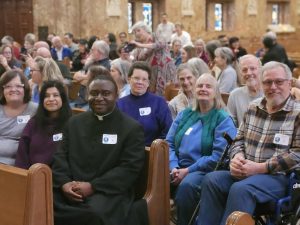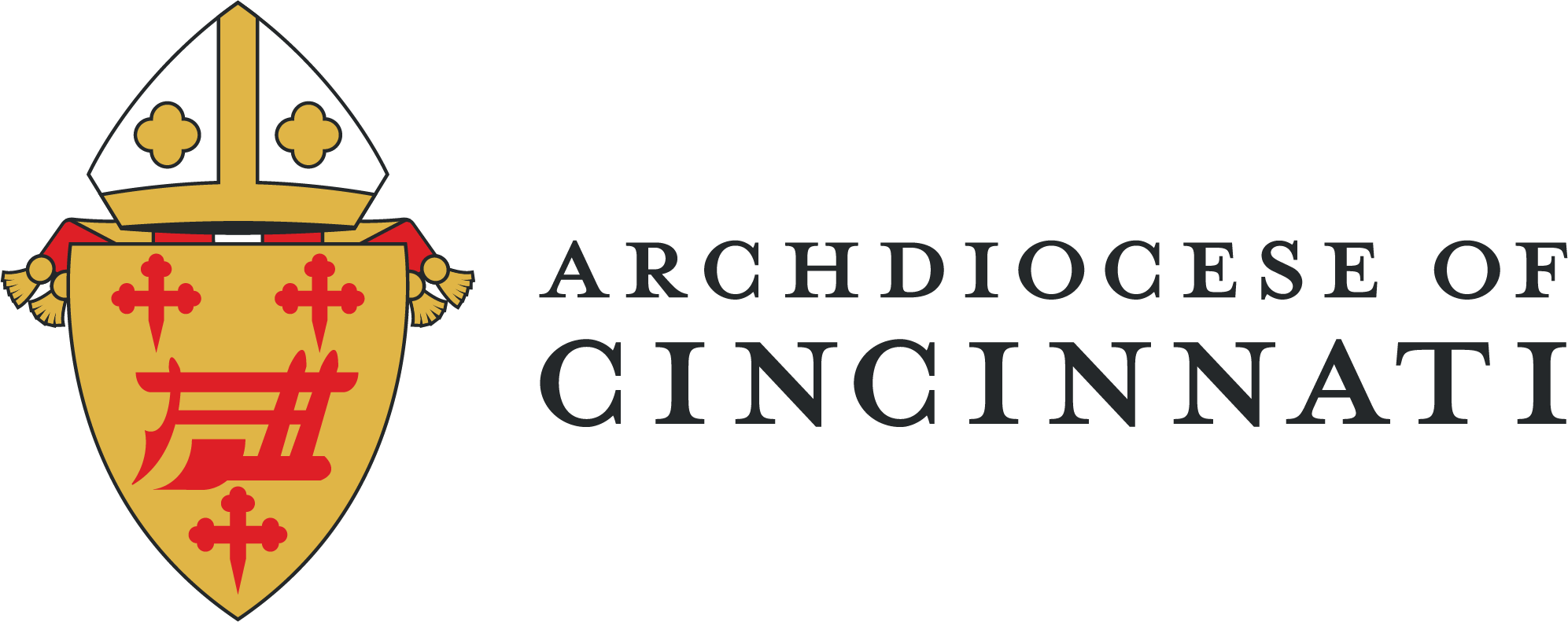
It was a beautiful scene to behold as the National Shrine of St. Elizabeth Ann Seton in Maryland played host to the first-ever Eucharistic Congress for the Catholic Deaf community. The congress, which took place between the 4-6 of April, was not only a moment of reunion among Deaf friends, but it was also more a moment of prayer, adoration, and deeper understanding of the importance of the Eucharist in the life of every Deaf person.
After the 2024 National Eucharistic Congress in Indiana, Rev. Fr. Mike Depcik, one of just a few deaf priests in the United States and the world, and who serves as the chaplain for the Deaf ministry in the Archdiocese of Baltimore, Maryland, began to plan for a Eucharistic congress, focusing more on the Deaf community after several statistics prove that a good number of Deaf people, including those baptized in the Catholic church, do not go to church, do not go for the sacrament of reconciliation, do not receive the Eucharist, and do not understand what the Eucharist means due to the limited services available to them in their language (ASL).
Be that as it may, the National Shrine of St. Elizabeth Ann Seton, located in Emmitsburg, Maryland, which in the past was a retreat center and a place of gathering for the Deaf Catholics, was chosen as the venue of the congress. Being the first time of organizing such a Eucharistic Congress specifically by and for Deaf Catholics, it was so interesting to witness the turnout of over 230 Deaf participants from different Deaf communities from 25 different states, 1 participant from Canada, and 1 from the United Kingdom, hard of hearing, DeafBlind, hearing pastoral workers working within Deaf ministry, hearing parents of Deaf children, Bishop Bruce A. Lewandowski, C.Ss.R., one of the Auxiliary Bishops of Baltimore, 10 priests (including Deaf and hearing priests working for the Deaf), and 2 Deaf Deacons, in attendance.
Speaking during the congress, Fr. Mike Depcik explained that the goal for organizing the Deaf Eucharistic congress was to make the participants feel inspired by their Catholic faith, appreciate the Eucharist, and at the same time, bring awareness to the Church hierarchy on the needs of Deaf Catholics.
Highlights of the Eucharist Deaf Congress include the touring of the shrine, which includes St. Elizabeth Ann Seton’s tomb and a museum about her life as well as historical buildings associated with Seton and the basilica, lectures on the Eucharist by Deacon Patrick Graybill, a deaf retired professor with a background in the creative arts known for acting, ASL poetry, and translating English texts into ASL and Jeannine Adkins, a member of the National Catholic Office for the Deaf, adoration, confessions, Rosary and Mass, fellowship, group pictures. While some participants left after the Saturday mass, some stayed back for the Sunday mass at the local Deaf Catholic community in Urbana, Maryland. It was indeed a unique and enriching Eucharist congress for all participants, including our participants from the Archdiocese of Cincinnati.
Fr. Charles Onumaegbu
Chaplain, Deaf Ministry

